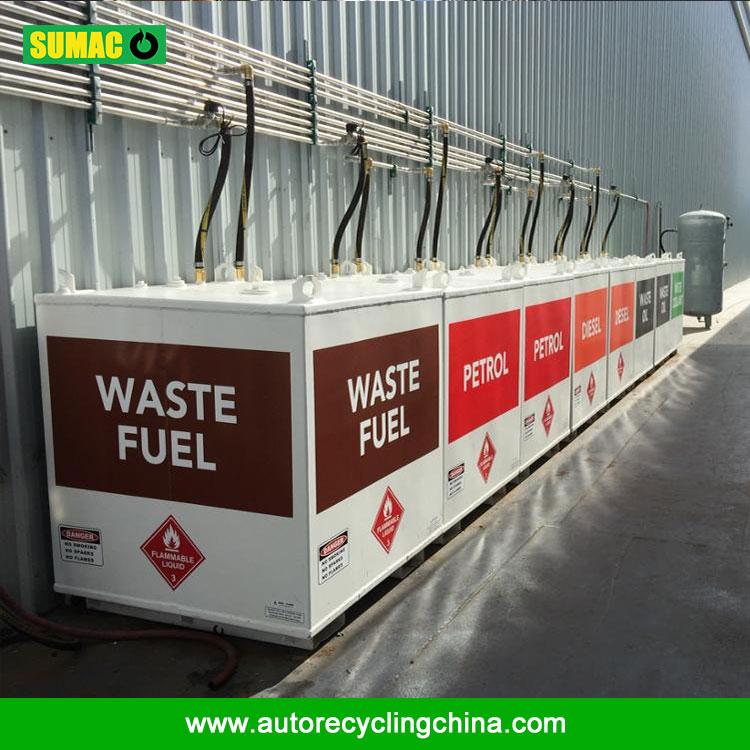Sediment buildup (sludge) in waste oil tanks reduces storage efficiency and poses disposal challenges. Here’s a systematic approach to manage it:
1. Prevention & Minimization
-
Pre-Filtration: Install 10–25 µm inlet filters to capture solids during oil transfer.
-
Tank Design: Use cone-bottom tanks or slope floors (≥5°) to concentrate sludge for easy removal.
2. Mechanical Removal Methods
-
Sludge Rakes/Scrapers: Manually extract thickened waste (for small tanks).
-
Vacuum Trucks: Suction out sludge from fixed-roof tanks (for large volumes).
-
Rotary Screw Extractors: Efficient for high-viscosity sediments.
3. Chemical & Thermal Treatment
-
Demulsifiers: Break oil-water emulsions for better separation (e.g., polymeric coagulants).
-
Heating Systems: Maintain 40–60°C to reduce viscosity and improve pumping.
4. Separation Technologies
-
Centrifuges: Separate solids (e.g., decanter centrifuges at 3,000–5,000 RPM).
-
Gravity Settling Tanks: Hold oil for 24–72 hours to allow natural settling.
5. Disposal & Recycling
-
Hazardous Waste Testing: Check for heavy metals (Pb, Cd) or PCBs (per EPA TCLP).
-
Thermal Recycling: Process sludge in cement kilns or asphalt plants.
-
Landfill Restrictions: Banned in most regions unless dewatered and stabilized.

